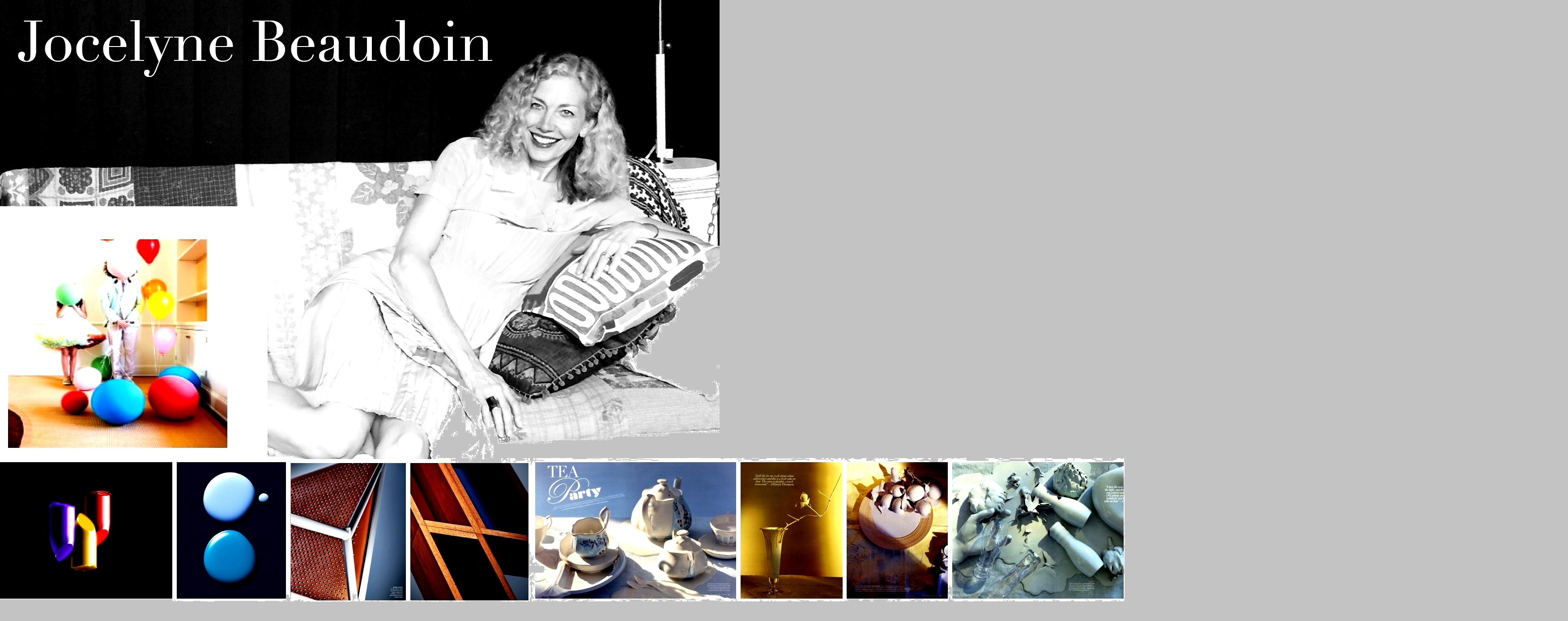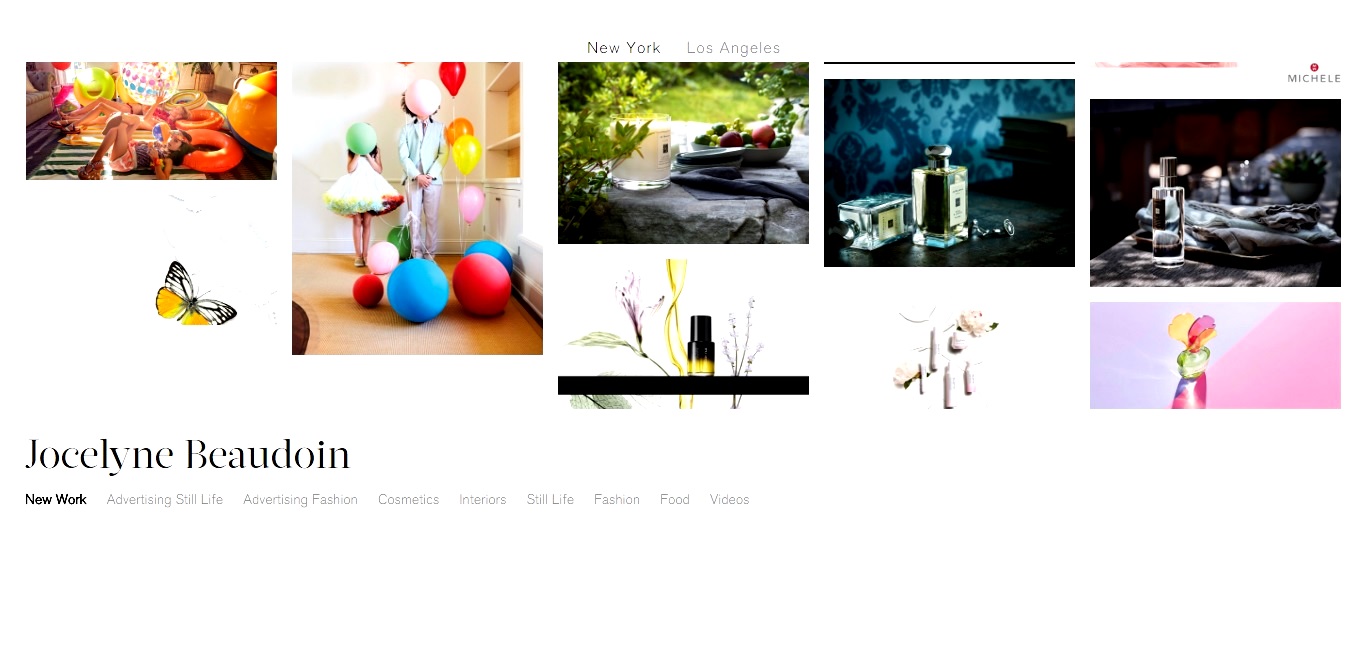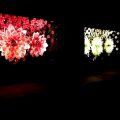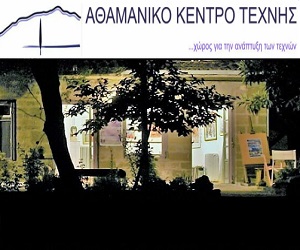Jocelyne Beaudoin’s advice
It is wonderful when accomplished individuals share their insights regarding effective, lucrative, or otherwise commercially significant artistic endeavors. We particularly noted the guidance provided by Jocelyne Beaudoin.
Jocelyne Beaudoin graciously elaborates on key elements of the creative process within set design, prop styling, visual merchandising, and more during her interview on atelierdore.com. In this discussion, she candidly addresses three prevalent truths that influence the work itself.
The necessity of being physically engaged in the creative process
When asked for her advice to those interested in pursuing a career in set design or prop styling, Jocelyne believes that the best way to develop the necessary skills is through hands-on experience, particularly at the start of one’s career. Grasping the tools and limitations early on is crucial. Therefore, individuals only acquire the essential skills after undergoing some practical reality checks. This is a factor that should not be overlooked, especially by young professionals.
“I think you need to know how to do many things, and you need to know them hands-on. I feel nowadays that a lot of young people, they don’t want to go through the process. They think that they can just instantaneously be whatever and that it shows in the work. […]”
A broad visual vocabulary is always necessary
Artistic knowledge utilized for commercial purposes cannot be acquired easily or solely through practical experience. Having a strong interest in art history, for instance, facilitates the planning of visual communication and establishes a more enduring foundation. Therefore, it is indeed essential for individuals to consistently observe images and art in all its various forms. For instance, George Lois, the Greek American Master Communicator, mentions that he would tirelessly visit renowned museums every single Sunday throughout his life.
“So I think the important thing is to learn the physicality’s of what you do and also, obviously look into the history of what’s done because you can learn a lot from that. And it’s very important I think to have a wide visual vocabulary. So to look at images, to look at art in all its forms.”
The readiness to find common ground
Another important aspect, particularly during the hiring process, relates to compromise in collaborative efforts. It can often be quite draining to persist on points that seem clear to you but still require validation for your clients, supervisors, or peers. How far are you willing to go in the face of a disagreement? Making a concession for the collective benefit, the readiness to “take one for the team” can sometimes be the appropriate course of action.
“Sometimes I have to do things that I don’t agree with but you know that’s part of the job, I’m hired. I’m not doing my own personal work I’m hired to do a job and get the job done. And if I don’t like it I might say this is maybe not the best solution here but if that’s what they want, that’s what they want, they are the clients.”
Valuable experiences ultimately
However, consider these extraordinary moments, the valuable experiences when true magic occurs:“When you’re working with someone where you can contribute to their vision or above all, we would assert, when your two visions together can blend into something much greater than your individual visions is the most rewarding. And it doesn’t matter what the format is or the medium.”
We genuinely believe that anyone in a creative profession for the right motives can relate to this perspective, and perhaps being conscious of the aforementioned could help in saving both time and money.
Visit Jocelyne Beaudoin‘s portfolio here.














